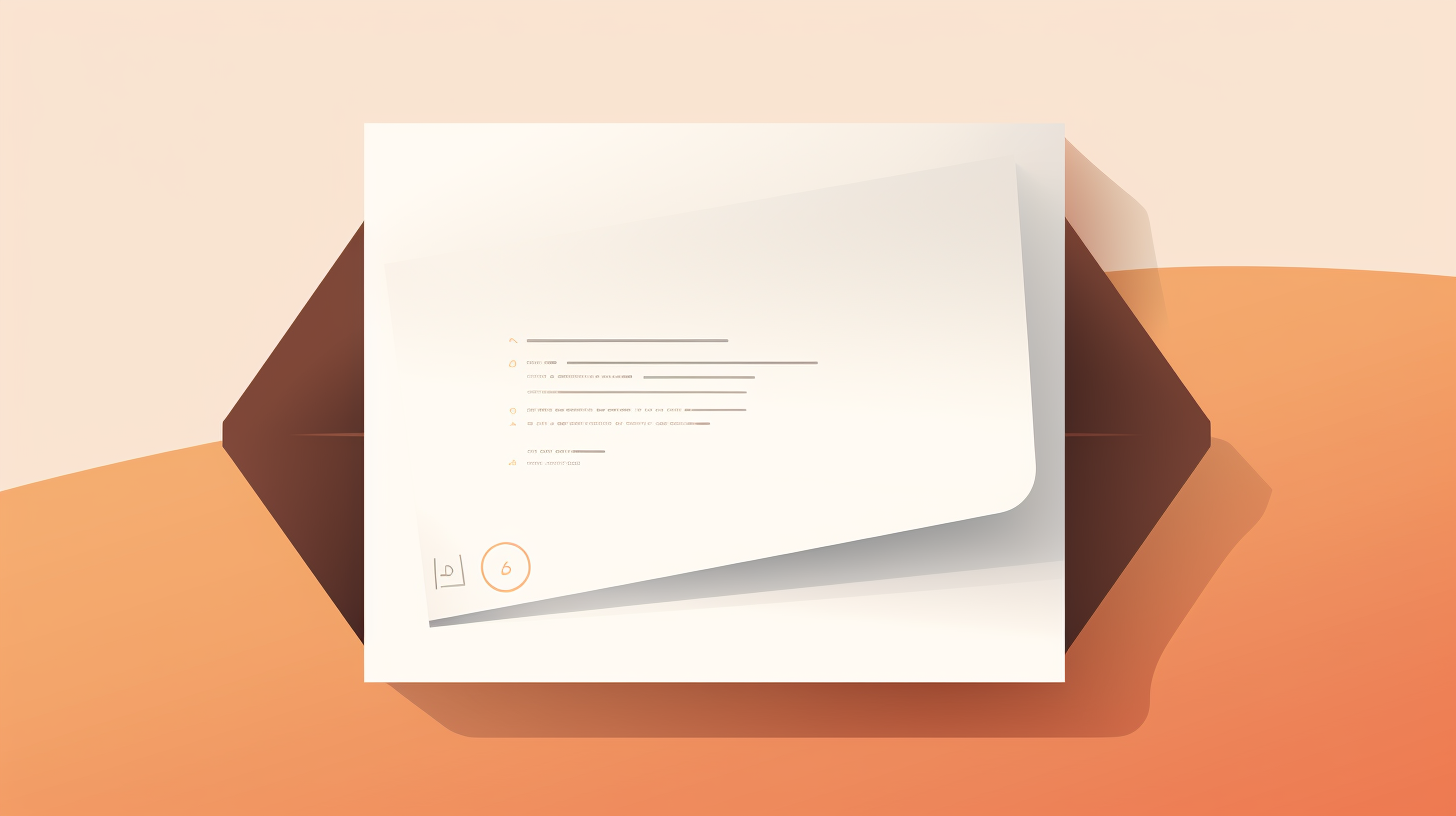What Are Subsidized Loans?

Key Takeaways
- Subsidized loans are a type of student loan provided by the government to help students pay for college.
- The government pays the interest on subsidized loans while the borrower is in school and during certain periods, making them more affordable.
- Subsidized loans have specific eligibility criteria, including financial need and being an undergraduate student.
- The amount that can be borrowed with subsidized loans depends on the student’s dependency status and academic year.
Understanding Subsidized Loans
Subsidized loans are a type of student loan that comes with certain benefits and features to help students manage their debt more effectively. These loans are provided by the government through the Federal Direct Loan Program, and they differ from unsubsidized loans in several key ways. Understanding these differences is essential for students looking to make informed decisions about their borrowing options.Definition of Subsidized Loans
Subsidized loans are special kinds of student loans. They’re given out by the government. These loans help students pay for school. The best part about them is that the government pays some of the interest. So, while you’re in school or during other certain times, you don’t have to worry about extra costs adding up. But remember, these loans are just for undergrads who need financial help to go to college!Key Features of Subsidized Loans
Let’s learn about the key features of subsidized loans. They are:- Subsidized loans are federal student loans based on need.
- The government pays the interest during certain times.
- Only undergrad students can get these loans.
- These loans come with set borrowing limits.
- The limit depends on if you’re a dependent and your year in school.
- If you’re a grad student, you can’t get this type of loan.
- There is a top amount, called an aggregate limit, that you can borrow altogether.
Differences between Subsidized and Unsubsidized Loans
 Subsidized loans and unsubsidized loans are two different types of financial aid offered to students.
Subsidized loans and unsubsidized loans are two different types of financial aid offered to students.Eligibility Criteria
To get a subsidized loan, you need to show that you don’t have enough money for school. This is called financial need. You also need to be in good academic standing and studying at least half-time. If this is your first time getting a loan, there are more rules. You must go through an entrance counseling session. There, you will learn about the responsibilities of taking out a loan. Not everyone can get these loans though; only undergraduate students can apply.Interest Rates and Accumulation
Subsidized loans have low interest rates. The government pays this while you’re in school and for six months after you graduate. But, unsubsidized loans are different. These have a higher amount but also high rates. For these, you pay the interest all the time – when in school or out of it.Loan Repayment Terms
The repayment terms for subsidized loans are designed to help borrowers manage their student loan debt. There are different options available depending on your financial situation and goals. One option is the Standard Repayment Plan, which divides your loan into equal monthly payments over a period of 10 years. Another option is the Graduated Repayment Plan, where your payments start out lower and gradually increase every two years. If you’re struggling to make your payments, there are also income-driven repayment plans that base your payment amount on a percentage of your discretionary income. These plans can be helpful if you have a low income or large family size. It’s important to note that while these repayment options provide flexibility, they may result in paying more interest over time. However, there are also programs available that offer loan forgiveness after a certain number of qualifying payments, such as the Public Service Loan Forgiveness program for those working in public service jobs. Additionally, it’s possible to consolidate multiple federal student loans into one new loan with a single monthly payment through direct consolidation.Who Qualifies for Subsidized Loans?
 Undergraduate students, first-time borrowers, and those who demonstrate specific financial need are eligible for subsidized loans.
Undergraduate students, first-time borrowers, and those who demonstrate specific financial need are eligible for subsidized loans.Undergraduate Students
As an undergraduate student, you may be eligible for subsidized loans. These loans are specifically available to students pursuing their first bachelor’s degree. One of the benefits of subsidized loans is that the government pays the interest on your loan while you’re in school at least half-time, during your grace period, and if you defer your loan payments. To qualify for a subsidized loan, you need to demonstrate financial need through the Free Application for Federal Student Aid (FAFSA). The maximum amount you can borrow with a subsidized loan depends on your dependency status and academic year. It’s important to consider this option when looking for funding for your college education.First-Time Borrowers
As a first-time borrower, it’s important to understand that subsidized loans are available for undergraduate students who demonstrate financial need. This means that if you qualify, the government will pay the interest on your loan while you’re in school and during certain periods of deferment. It’s a great opportunity to help cover your education costs without accumulating as much interest. Keep in mind that graduate students don’t qualify for subsidized loans, so they’ll need to consider other options like unsubsidized loans. As a first-time borrower, it’s crucial to familiarize yourself with the eligibility requirements and how much you can borrow under these specific loan programs.Specific Financial Situations
There are specific financial situations that can affect your qualification for subsidized loans. For example, if you’re an undergraduate student, you may be eligible to receive subsidized loans based on your financial need. Additionally, first-time borrowers who have not previously received any federal student loans may also qualify for these loans. It’s important to note that graduate and professional students are not eligible for subsidized loans since 2012. So, depending on your situation and level of education, you may or may not be able to benefit from the advantages of subsidized loans.How Much Can You Borrow with Subsidized Loans?
 With subsidized loans, the amount you can borrow depends on your status as a student and whether you are considered dependent or independent. For dependent undergraduate students, there is a cap of $23,000 for subsidized loans. Independent undergraduate students also have the same limit of $23,000. However, it’s important to note that graduate and professional students are not eligible for subsidized loans since 2012. There is also an aggregate borrowing limit, which means that dependent undergraduate students can borrow up to $31,000 in total for their education, while independent undergraduate students have an aggregate limit of $57,500. These limits are set by the government to help manage loan amounts and ensure responsible borrowing.
With subsidized loans, the amount you can borrow depends on your status as a student and whether you are considered dependent or independent. For dependent undergraduate students, there is a cap of $23,000 for subsidized loans. Independent undergraduate students also have the same limit of $23,000. However, it’s important to note that graduate and professional students are not eligible for subsidized loans since 2012. There is also an aggregate borrowing limit, which means that dependent undergraduate students can borrow up to $31,000 in total for their education, while independent undergraduate students have an aggregate limit of $57,500. These limits are set by the government to help manage loan amounts and ensure responsible borrowing.Interest on Subsidized Loans
Interest on Subsidized Loans is accrued during certain periods and paid by the government, rather than the borrower, making these loans more affordable for students.How Interest Accrues
Interest on subsidized loans starts accruing as soon as the loan is disbursed. This means that interest begins to accumulate on the loan balance from day one. However, unlike unsubsidized loans, the government pays the interest on subsidized loans while you are in school, during a six-month grace period after graduation, and during deferment periods. This helps to prevent your loan balance from growing while you are not making payments. So, when you start repaying your subsidized loan, you will only owe the principal amount borrowed and won’t have any additional interest added to it.How Interest is Paid
With subsidized loans, the government takes care of paying the interest on your loan while you are in school. This means that while you’re studying, you won’t have to worry about interest adding up and increasing your overall loan balance. The government also continues to cover the interest during a six-month grace period after graduation, as well as during deferment periods when you may temporarily pause or reduce your loan payments. So, basically, you don’t have to make any interest payments while you’re in school or during these specific periods because the government is helping out by paying it for you. It’s important to note that this benefit only applies to direct subsidized loans and not unsubsidized loans. With unsubsidized loans, interest begins accruing from the time the loan is disbursed, which means it starts accumulating right away even if you’re still in school.Repaying Subsidized Loans
 When it comes to repaying subsidized loans, borrowers have options such as standard repayment plans and graduated repayment plans that allow them to fulfill their obligations over a period of time.
When it comes to repaying subsidized loans, borrowers have options such as standard repayment plans and graduated repayment plans that allow them to fulfill their obligations over a period of time.Standard Repayment Plans
I’ll explain the Standard Repayment Plans for repaying subsidized loans.- The Standard Repayment Plan requires fixed monthly payments.
- Payments are made over a 10 – year period.
- This plan helps borrowers pay off their loans in a reasonable timeframe.
Graduated Repayment Plan
The Graduated Repayment Plan is a repayment option specifically associated with repaying Subsidized Loans. With this plan, I start with lower monthly payments that gradually increase over time. It’s great for me because I expect my income to go up steadily during the repayment period. Starting off with smaller payments can be really helpful, especially if I’ve just graduated and have a lower salary. Plus, this plan gives me more time to repay compared to other plans, so I can manage my monthly payments better.Pros and Cons of Subsidized Loans
Subsidized loans offer several advantages and disadvantages that can impact a borrower’s financial situation. Here is a detailed look at these pros and cons:| Pros | Cons |
|---|---|
| The U.S. Department of Education pays the interest on subsidized loans while I’m in school at least half-time. | The maximum loan amount for subsidized loans is capped at $23,000, which may not cover all education expenses. |
| Interest doesn’t accrue on subsidized loans during deferment periods, which can save me a significant amount in the long run. | Subsidized loans are need-based, so not all students will qualify for them. |
| Subsidized loans offer several repayment options including standard and graduated plans, which can be tailored to fit my financial needs. | Determining eligibility for subsidized loans can be complex, as they take into account my income, dependent status, and other factors. |
| Being a need-based loan, subsidized loans help students with financial need achieve their educational goals. | The loan limits for subsidized loans are typically lower than those for unsubsidized loans, potentially limiting the amount of money available for my education. |
How to Apply for Subsidized Loans
To apply for subsidized loans, follow these steps:- Complete the Free Application for Federal Student Aid (FAFSA) form.
- Provide accurate and up-to-date information about your financial situation, including your income and assets.
- Submit the FAFSA electronically or by mail before the deadline.
- Review your Student Aid Report (SAR) for any errors or missing information.
- Contact your college’s financial aid office if you have any questions or need assistance with the application process.
- If approved, you will receive a financial aid award letter detailing the amount of subsidized loans you are eligible to receive.
- Carefully review the terms and conditions of the loan before accepting it.
- Accept the loan offer through your college’s online portal or by signing and returning the award letter.
- Attend an entrance counseling session, which provides important information about your rights and responsibilities as a borrower.
Alternatives to Subsidized Loans
Unsubsidized loans and private loans are two common alternatives to subsidized loans. To explore these options in more detail, including the eligibility criteria and repayment terms, continue reading.Unsubsidized Loans
Unsubsidized loans are another type of federal student loan available for both undergraduate and graduate studies. Unlike subsidized loans, they do not require financial need to qualify. These loans have a fixed interest rate, income-driven repayment plans, and a higher maximum borrowing limit than subsidized loans. Undergraduate students’ borrowing limits depend on their dependency status and academic year, while graduate and professional students have a higher aggregate limit. It’s important to note that unsubsidized loans accrue interest while the borrower is in school, unlike subsidized loans where the government covers the interest during certain periods.Private Loans
 Private loans are different from subsidized loans because they are offered by private lenders, not the government. With private loans, you have to pay back the money with interest. These loans often come with higher interest rates compared to subsidized loans. The repayment options and terms for private loans may also be different from subsidized loans. Depending on your credit history, you may need a cosigner for a private loan. So it’s important to carefully consider all your options before taking out a private loan. Private loans can provide additional funding for education expenses that aren’t covered by other financial aid options like grants or federal student loans. However, it’s essential to thoroughly research and compare different private loan lenders and their terms, including interest rates and repayment plans.
Private loans are different from subsidized loans because they are offered by private lenders, not the government. With private loans, you have to pay back the money with interest. These loans often come with higher interest rates compared to subsidized loans. The repayment options and terms for private loans may also be different from subsidized loans. Depending on your credit history, you may need a cosigner for a private loan. So it’s important to carefully consider all your options before taking out a private loan. Private loans can provide additional funding for education expenses that aren’t covered by other financial aid options like grants or federal student loans. However, it’s essential to thoroughly research and compare different private loan lenders and their terms, including interest rates and repayment plans.Will Subsidized Loans Be Forgiven After the Borrower’s Death?
When it comes to loans and death aftermath, many wonder if subsidized loans will be forgiven after the borrower’s passing. The answer is yes. In the event of the borrower’s death, subsidized loans are discharged, meaning they don’t need to be repaid. This offers relief to the borrower’s family during a difficult time, easing the financial burden that may linger after their loved one’s passing.






